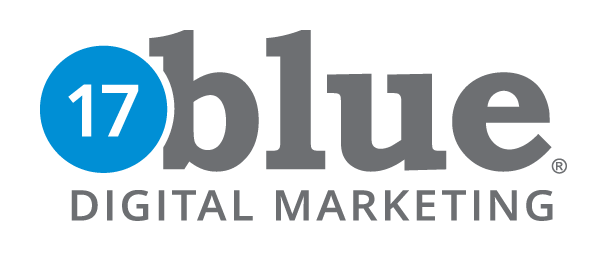There are several reasons for designing a new website. A new venture needs an online hub. A branding update may require a new site. Or more often, it’s been 3 years or more and the site you have is no longer relevant to your customer’s demands, technology changes or your business goals.
Whatever motivates you to develop a new site, what path you choose is important. Will you utilize a “DIY” site-builder or hire a pro? For many businesses, hiring a pro is the best way to ensure desired outcomes. But no matter how you plan on tackling your new site’s development, here are three items that should definitely involve a pro.
1. UX Design
User experience (UX) design is an area of website planning and design that can be overlooked by many business owners. It’s easy to go for a design that “looks good” and forget that just like product placement in a retail location drives up or hampers sales… UX drives or hampers online actions. And it’s not limited to strictly ecommerce sites. UX can increase or decrease subscriptions, contact actions and other conversion-related actions.
A professional will not only address “looking good” and “clean code” – they will plan for outcomes that align with customer expectations and business goals. Items for consideration in UX Design can include: User eye movements, intuitive flow, emotional responses and interaction planning/mapping. Optimizing user experience is significant to results and ROI. It’s one area a pro’s help is important.
2. Responsive Coding
Most site-builders now offer built-in responsiveness in their ready-made themes or templates. This is very important with current mobile-friendly requirements. But problems can arise if you modify or customize your template. Today users are on phones, tablets, phablets, and big screen TVs. And they expect a uniform experience across all devices.
Break your responsive code, and your pretty site goes wonky? That’s not good for building brand lift or trust. If you want a truly customized solution that is responsive for more than PCs or some phones, it might pay to talk to a professional.
3. Custom Code: Unless You’ve got Skills
While it may seem unnecessary to state this one, trust me… it’s needed. Unless you can write, trouble-shoot and repair the code involved, you should leave custom coding to a pro. There’s more to a site today than </html> and if you don’t know your way around the code involved, it can get broken fast. Get a pro to help.
Whatever course you chart toward your new website, keep these areas in mind when moving forward. A little planning and guidance on the front of the process can save headaches and sometimes thousands of dollars by the end of the journey.





